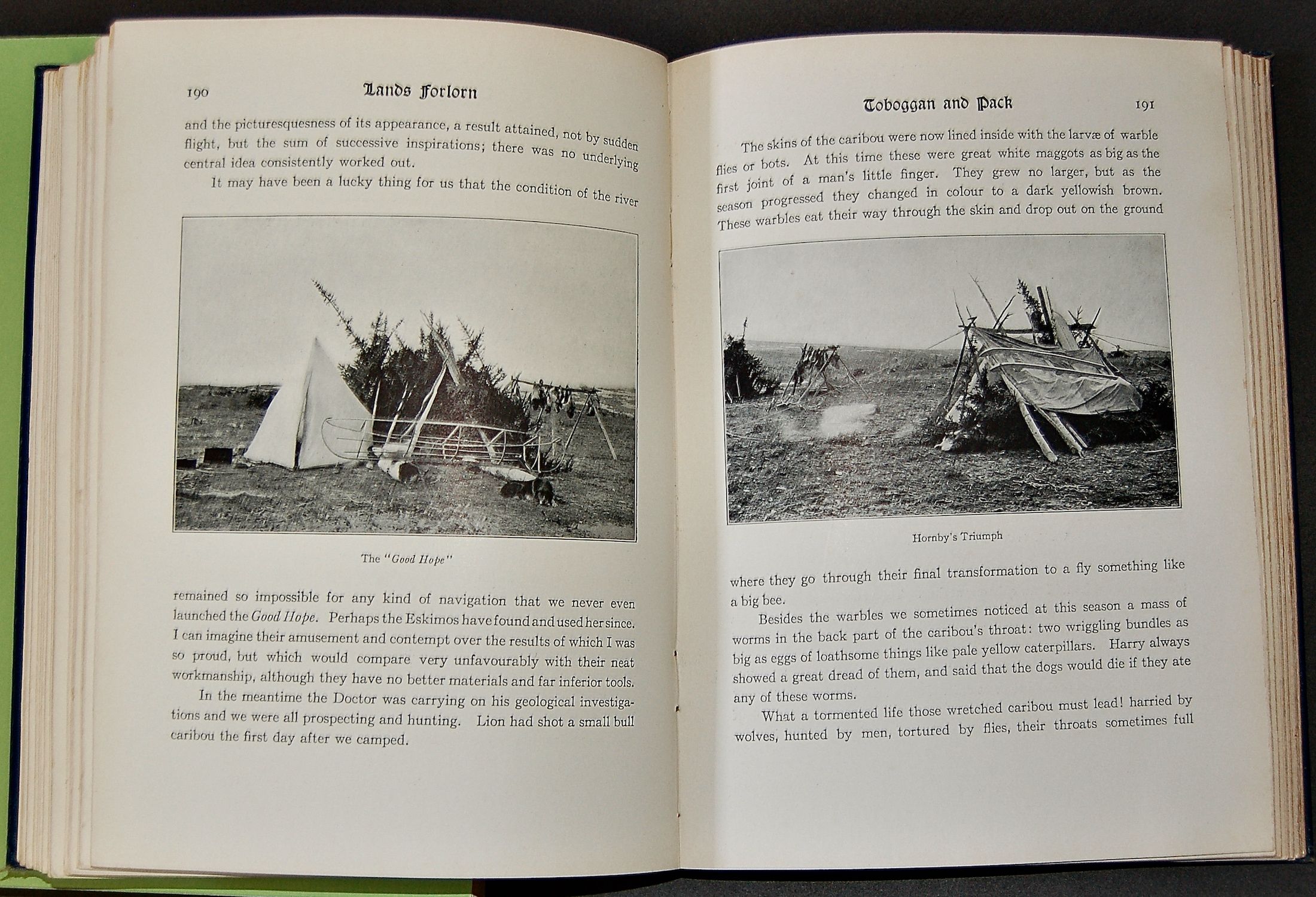Item Added

|
Seller ID: Price: $
For more information or to place your order, you can email us at info@trilliumbooks.ca, telephone us at 705-749-0461, |

|
Seller ID: Price: $
For more information or to place your order, you can email us at info@trilliumbooks.ca, telephone us at 705-749-0461, |